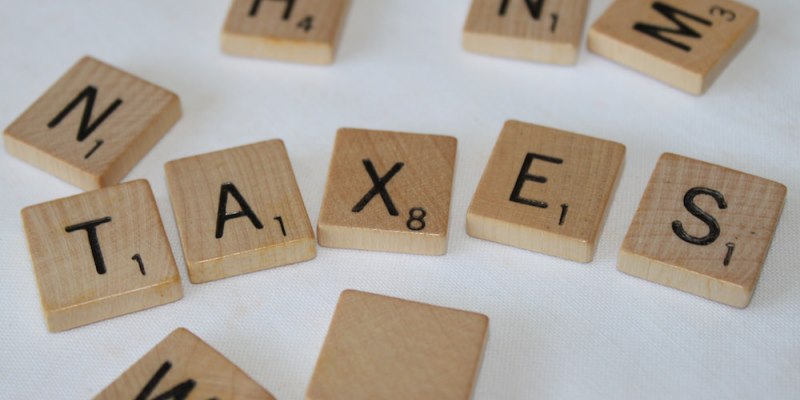June 10—when Canadian families are finally free from paying taxes

Happy Tax Freedom Day, Canada! If you had to pay all your taxes for 2018 upfront, you’d give every dollar you earned to government before today. It’s taken nearly half the year but finally, on June 10, you’re working for yourself and your family.
If it sounds like you pay a lot of taxes, it’s because you do. With different governments (federal, provincial, local) imposing so many different taxes, it’s easy to lose sight of how much we pay in total. We don’t just pay income taxes. We also pay payroll taxes, health taxes, sales taxes, property taxes, fuel taxes, carbon taxes, vehicle taxes, profit taxes, import taxes, various “sin” taxes, and much more.
Some of these taxes are visible but many are hidden, which makes it hard to tally them up. Tax Freedom Day is a handy measure of the total tax burden imposed on Canadian families. In 2018, we estimate the average Canadian family (consisting of two or more people) will earn $115,724 in income and pay $50,464 in taxes—or 43.6 per cent of its income.
And while that’s a big percentage of income going to taxes, it doesn’t end there. That level of taxation is still not enough to satisfy the excessive spending habits of our governments in Canada. This year, the federal government and six of 10 provinces will run budget deficits, spending cumulatively $35.4 billion more than what they collect in revenues. But future taxpayers must inevitably service and repay that borrowed money.
Which leads to another calculation.
If Canadian governments further raised taxes in 2018 to balance their budgets, instead of financing spending with deficits, Tax Freedom Day would arrive seven days later. That means you’d start working for yourself on June 17—after working to pay for government for the first 167 days of the year.
The important question, of course, is whether we’re getting value for the taxes we pay to finance government spending. While it’s ultimately up to individual Canadians to make this determination, some perspective might help.
In most provinces, more than 50 per cent of our tax dollars finance overly generous pay for government employees. In fact, government employees, on average, receive 10.6 per cent higher wages than comparable private-sector workers doing similar work. And that’s on top of the much more generous non-wage benefits (pension coverage, job security, early retirement) that government employees enjoy.
In the case of health care, which consumes the largest chunk of provincial budgets and is a fast-growing expense, international comparisons show that despite a high level of spending, Canadians have comparatively poor access to medical technology and doctors, and wait longer for surgery. It’s hard to see how we’re getting the best value for money in health care when measured against other countries that also offer universal access.
And then there’s spending on public schools, another key item financed by our tax dollars, which continues to go up and up, even though public school enrollment across the country continues to decline. Unfortunately, increased spending per student (after adjusting for inflation) has not been providing better results, as national scores on international tests have been declining—particularly in math.
Finally, our tax dollars are sometimes wasted on boondoggles and failed government programs. A recent study documented more than 600 cases where the federal government failed to meet its own objectives over a 25-year period, resulting in up to $197 billion of wasted tax money.
So on that note, Happy Tax Freedom Day Canada (although we’re not quite sure there’s much to celebrate).

